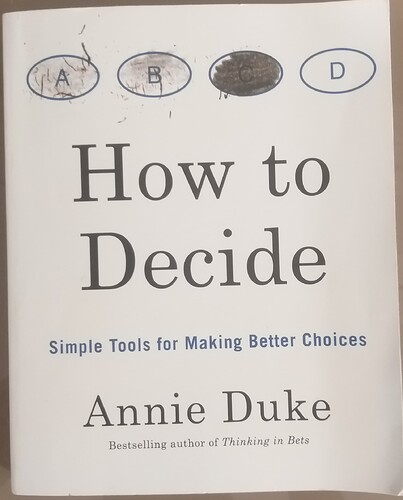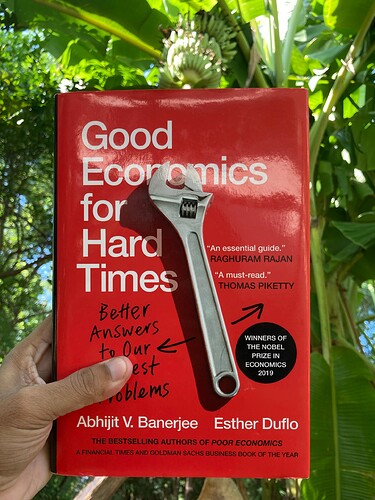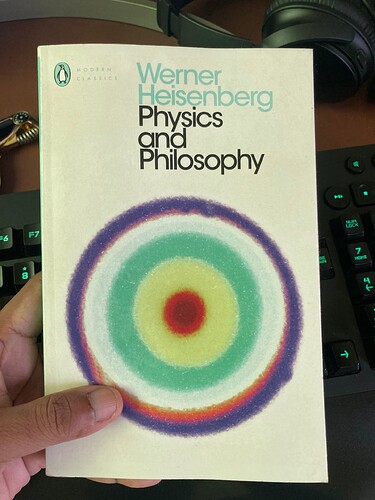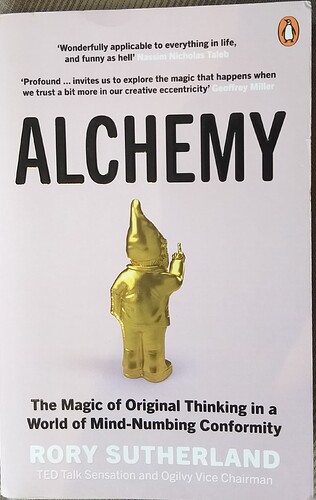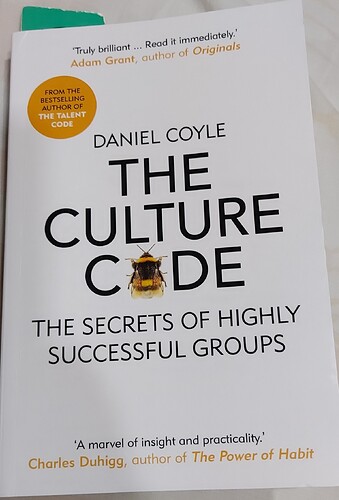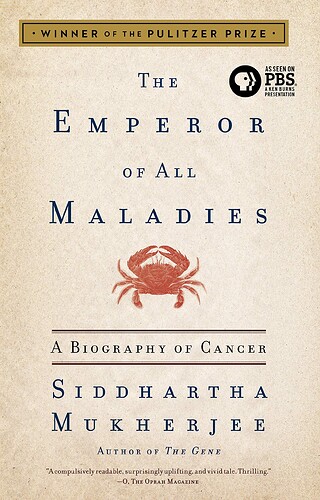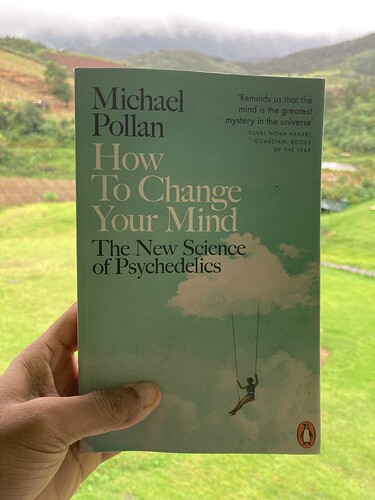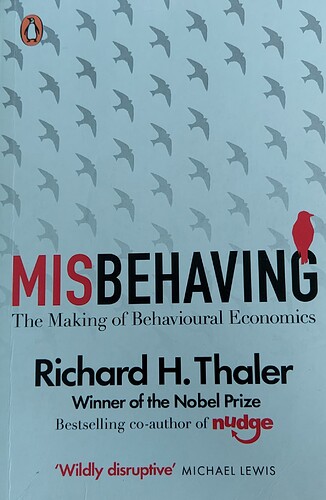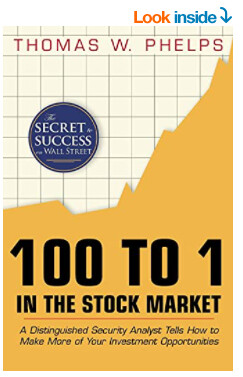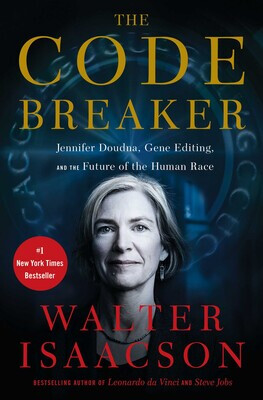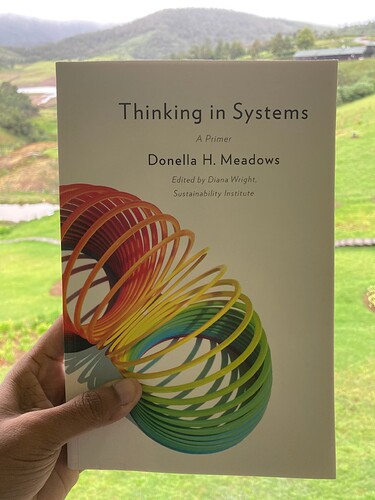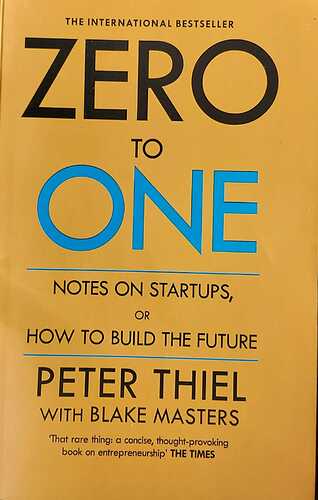Good Economics for Hard Times, Abhijit Banerjee, Esther Duflo, 2019 - Was a bit skeptical picking this up. It is an excellent book of economics, tinged here and there with possible bias (or maybe the bias is all mine). It would be a shame to completely ignore it for that because there is a lot of research and thought that has gone into this and they perhaps deservedly got the Nobel for the same.
My notes -
• Trust in weather forecasters is twice as high as economists
• Economists are of several kinds - self-proclaimed economists that appear on TV, chief economists at banks & other corp. firms, academic economists - author believes the latter stay away from futurology (predicting)
• Most valuable thing is path to conclusion than conclusion itself (in economics)
• Fraction of international migrants in the world population is 3% - same as it was in 60s (except perception) - In EU, it is 0.5%
• People don’t move purely to pursue better economic opportunities elsewhere - unless they are running from the mouth of a shark (civil unrest, war) - Only 3% Greeks moved outside though unemployment was 27% in Greece and they could work anywhere in EU
• Natural experiments (counterfactuals) - like houses destroyed for one half of a fishing village - the half that lost houses earned higher than ones that didn’t - having to move made it likely they found better job than staying fishing
• Usually an extra push (incentive) and information on job is required to get people to try new things, go new places to find a job - even if its better than what they currently do. Supply-demand model does not directly apply to immigration
• Immigration produces growth if money earned is spent there - if its repatriated, the benefits are lost to host community
• Low skill immigration delays mechanization - and may indirectly benefit host community in rising wages (albeit temporarily)
• Host community takes up jobs up the value chain when immigrants take up low-skill jobs
• 43% of top 500 US companies by revenue were founded by immigrants or children of theirs
• Efficiency wage - A wage big enough to incentivize workers to actually work with the fear of losing their job - (else “they pretend to pay us, we pretend to work” - soviet joke will apply)
• When link between pay and productivity is not transparent - workers hate inequality in pay
• Low skill labor generally helps host population but high-skill labor though it lowers costs for general population, can directly impact host populace with similar skills
• Network effect helps immigration - if someone from same village has immigrated - social proof helps - and preferential attachment helps when there’s a large migrant population from same community
• If people only sell their worst cars, the market for used cars will be filled with bad cars, making people want to pay less and less for them, leading people to hold on to their good cars for longer (feedback loop), selling only their worst - market is filled with lemons (adverse selection)
• India needs $4.5 trillion USD in infra spends between 2016-2040
• Parents who worry about being abandoned in their old age may strategically underinvest in children’s higher education
• Most people don’t like dealing with unknown unknowns and may completely avoid decisions that involve them as outcome (avoiding possible mistakes of commission by making possible mistakes of omission)
• Trade allows each country to do what it does relatively best (as against absolute advantage - as in wine from france, scotch from scotland)
• Free trade raises GNP - there’s more to go around for everybody - so losers from free trade (say towns that lost jobs to China) can theoretically be compensated by taxing the winners (consumers who got cheaper goods from China) (Samuelson)
• First Gulf war - led to skyrocketing oil prices, leading to bigger import bill for India - at the same time Indian emigres from ME had to flee and couldn’t send money back- double whammy led to massive foreign exchange shortage and balance of payments crisis - IMF bailout insisted that India open upon economy and destroy license raj - import duties came down from 90% to 35%
• Socialism to Capitalism led to change from 4% to 8% growth (India)
• Inequality should reduce as trade liberalization goes underway - stolper-samuelson theorem - In reality though, inequality has increased in several countries that liberalized between '85-'00 (Brazil, India, Mexico, Colombia etc.). The reason probably is the rise of China at the same time (efficient player took unskilled jobs away). (Academic theorems that solve for two variables and two countries work differently, even conversely as variables and countries increase). Trade actually increased poverty in affected districts (Because labor was reluctant to move from dead villages and towns to where better jobs were) - left-behind people live in left-behind places
• Trade liberalization made poverty worse especially in districts with strict labor laws where workers could not be fired (poor performing firms couldn’t shrink and let better industries take their place)
• In developing countries land doesn’t change hands easily and capital is sticky
• Stricter labor laws, land laws, and bankers who are afraid to cut credit to ailing industries and in fact evergreen old loans - delay the inevitable - as a result new industries struggle to raise capital (no creative destruction). at firm level, obsolete product liens and tech are clung onto because price of transition is high
• US industries lobby with regulators to keep imports out on several basis (food-safety, keeping pests out).
• Industries stick together in a area, or country to lobby effectively, get cheaper labor, build credibility etc. (Eg. Tirupur). To compete, others have to lower prices where expectations are also lowered (until credibility is built) - This depends on cost structure as well (If cost is low as % of sale price, why stake reputation with new supplier?)
• Fixed-price contracts to cost-plus contracts happen when an industry matures (happened with Indian IT when reliability and reputation increased)
• Outsized role of reputation means international trade isn’t just about good prices, good ideas, low tariffs and cheap transportation (Hard for new players starting without rep.)
• To protect reputation of an industrial cluster (socks city, footwear capital etc. in China for eg.) or even a country, poor quality producers may be penalized
• Tirupur export volumes grew from $1.5m in 1985 to $142 million in 1990 and to $1.3 billion by 2016 - whole industry is organized around jobbers and sub-contractors with few names dealing in exports. Trade shock sent Tirupur’s exports on a downward spiral in 2017 (41% drop)
• When India liberalized, openness ratio (sum of all imports and exports to GDP) increased only a little bit (15.7% to 18.6% between 1990-1992) - but eventually both imports and exports went up and India is now more open than both China and US (sign of a processing than a producing economy?)
• China manipulated renminbi by selling it and buying foreign currencies to keep in competitive - else by exporting more than it imported, it would have made renminbi stronger, making economy uncompetitive but govt. actively manipulated currency until 2010 (it remained competitive even after stopping manipulation). Only 20% of China’s GDP is exported now (mind-blowing considering the sheer growth of its exports)
• Smoot-Hawley bill precipitated the Great Depression (tariffs on trade)
• If US were the become an autarky (no trade with anyone), it would be poorer but not that much poorer (Intl. trade is more important for poorer countries)
• When imports are sensitive to price increases, there might be local substitutes and it may not be valuable to trade with others (cross-price elasticity)
• Nearly a billion people worldwide live more than mile away from paved road (1/3rd in India). Bumpy rides prevent gains from trade from reaching last mile. (This could dramatically increase trade when fixed)
• Until GST came in, states in India used to prefer local producers. With GST, similar winners and losers as in intl. trade will emerge
• Preferences and beliefs - people can have wrong beliefs but not wrong preferences
• It is patronizing and wrong-headed to think people screwed up just because we would have behaved differently (when poor people spend money on TV instead of food)
• Conformity in a herd might be rational decision-making when they believe others have better information than they
• Herd behavior generates information cascades and random first moves can cause it (seen all the time in equities) - on the internet posts with upvotes/likes garner more of the same (32% inc. prob.)
• Wage gap in SC/ST community improved from 35% in '83 to 29% in 2004 (doesn’t look good but its better than improvement of wage gap between blacks and whites in the US for same period)
• Self-discrimination is often self-reinforcing (when people doubt their capabilities, they perform poorer). Works in reverse too - random students believed to be smart performed better (self-fulfilling prophecy). Violence becomes the norm in a neighborhood where its expected. (Bankers who were reminded of their profession cheated more on tests than when they were not - 16% vs 3% :-)). When kids are told they are nice, they behave nice easily than when told they should be nice
• In India 74% of families say they believe marriages should be made within castes
• Echo chambers - when like-minded people whip themselves into a frenzy listening only to each other (never exposed to another point of view)
• Contact hypothesis - reduction in prejudice as a consequence of spending time with others
• Tipping point - When minorities remained minority in a neighborhood, there was stability but when it passed a critical threshold, the majority starts leaving, triggering a cascading effect
• TFP - Total Factor Productivity is what is left after we have accounted for all other causes for increase in productivity (after accounting for rising education improving labor prod., better investments etc.) - its a measure of our ignorance - usually its better tech (faster chips, newer alloys, better seeds etc.) and production methods (assembly line, lean manufacturing)
• TFP growth has reduced since 1970s - at a 3rd of how it was between 1920-1970 (Oil embargo in 1973 and quadrupling of oil lead to high inflation and lower growth since with stagflation has become the norm)
• GDP values only those things priced and marketed
• Capital scarce economies grow faster because new investment is highly productive (hear, hear) - especially when these economies use day-before-yesterday’s technology from richer economies
• Solow growth model - GDP would grow roughly at the same rate as balanced growth rate of labor and capital (and human capital which impacts labor productivity). There’s a tendency for growth to slow down if labor doesn’t keep up or capital doesn’t keep up (and neither does for long periods)
• Since 1973, TFP growth slowed down, labor productivity has fallen while capital has grown and interest rates have fallen (as predicted by Solow)
• When investment returns go down, capital accumulation goes down as well (as can be seen in fragmented industries with fierce external competition - when govt. supports a sector with duties - it allows that sector to improve its returns and allows capital formation and ability of few firms to grow much larger to have economies of scale to compete globally)
• Capital returns should be higher in India where its scarce but this is not always the case as ideas flow much faster in richer countries
• Spillovers - putting skilled people together lets skill build on each other
• There’s no correlation between tax cuts and growth rates (nuance - tax cuts to top 10% produce no significant growth while cuts to bottom 90% does - trickle-down economics doesn’t work)
• Invention doesn’t come out of nowhere - it needs financial incentive. Monopolies don’t invent - when a large M&A fails, competition keeps sector competitive for years1
• Absolute poverty rates have halved since 1990 (< $1.90 a day)
• Part of reason poor countries stay poor is they are poor at resource allocation
• Indian economy is exceedingly sticky - good firms do not grow and bad firms do not die
• Indian banks are overstaffed which affects profitability of banks - this gets priced into the NIM
• In 2010 - 26% of all Indian males between the ages 20-30 with 10 years of education were not working. There were plenty of jobs but not jobs these men wanted
• In SA with 54% between 15-54 unemployed, companies complain they cannot get the workers they want (skill gap)
• Middle-income trap - an intermediate GDP level where countries get stuck
• GDP growth is not the only way to lift the population up - For eg. Sri Lanka as same GDP per capita as Guatemala but maternal, infant and child mortality is much lower in SL (comparable to those in US)
• When your income increases by 10%, your CO2 emissions rise by 9% (avg)
• 50-10 rule - 10% population produces 50% CO2 and bottom 50% makes 10%
• Between 1957-2000 India had avg. 5 days/year above 35 deg. With a climate change policy, it could experience 75 such by end of century
• Over 38 deg. C, labor supply in outdoor jobs drops by 1 hr per day, children have lower test scores and in factories efficiency went down 2% for every 1 deg rise in ambient temp.
• Between 1995-2009 - a/c in China went from 8% to over 100%!
• Carbon tax - tries to set a market rate for warming the planet - allowing firms to buy the right to pollute from other firms that are actively reducing pollution
• Energy consumption in houses reduced when households got to know of energy consumption of their neighbors (we in India have ads for appliances capitalizing on same concept)
• Last two decades, coal consumption has tripled in India and quadrupled in China (Energy in any form for rapid growth)
• Player Piano - Vonnegut’s book set in a dystopian world where most jobs have disappeared - player piano is a piano that plays itself.
• People without jobs but well-provided for but with nothing meaningful to do will end up hating themselves
• The period of intense technological progress was also the period of intense deprivation in UK (The Dickensian world)
• Fired workers without a job (lost to automation) are a liability to society
• Trickle-down theory of reaganomics - rich would benefit first and then the poor - is a rehash of hose and sparrow theory of the 1890s (If you feed the horse enough oats, some will pass through to the road for the sparrows)
• Avg. real wage in 2014 was no higher than in 1979 (unskilled workers actually fell). Labor share of revenues has continuous declined from 50% to about 10% - As a consequence wealth inequality has been rising along with income inequality
• avg. rise in wages between $100-200k/yr range pay is still moderate but above $500k its much higher - higher productive workers are working with others of their kin at superstar firms attracting both capital and workers
• Unlimited money creates too much inequality (as seen in major league soccer in Europe vs Major league baseball in US)
• Men spent 5.5 hours in a day in leisure activities (2017) and women 5. TV took up 2.8 hours in that
• Economics is too important to be left to economists
If the subject matter interests you, its an enjoyable read filled with a lot of stats from around the world, especially developing countries. There are a lot of ideas towards the end of the book exploring cash doles, UBI and some ideological bias but that’s only towards the very end and it isn’t much. 9/10

